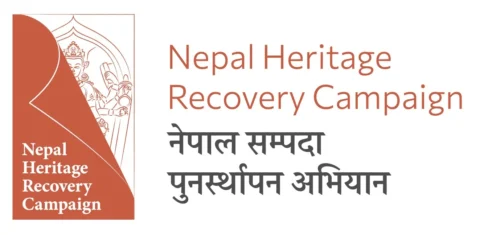The Franco-Senegalese film director accompanied the repatriation of Dahomey’s 26 royal treasures from the Quai Branly Museum in Paris back to their homeland in Benin and turned it into a surreal documentary.
President Patrice Talon has invested $1.1bn in the creation of several museums in Benin, including one devoted to the kings and queens of Dahomey, which will house 26 of their treasures. Is this project in tune with the population’s needs?
Patrice Talon deserves a lot of credit for recovering these cultural assets. It’s undeniably historic. But if artists, intellectuals and young people don’t take up the issue, then we’re missing the point. Only civil society can and must give meaning to this restitution. Otherwise there is no real purpose, except serving the interests of the Beninese and French governments.
Erika Balsom, reader in Film Studies at King’s College London, writes an interesting essay about the same film: In Mati Diop’s poetic documentary following the repatriation of artifacts back to Benin, a plurality of African perspectives and an aura of supernatural enchantment.
Dahomey inspires Souleymana Anne to reflect more globally: The return of Benin’s treasures in 2021 was not just an act of restitution; it was a symbolic victory for post-colonial societies reclaiming their history.
Filmmaker Mati Diop, who documented the return of these treasures, highlighted the profound emotional impact on the people of Benin. “For many, these objects are not just works of art they are ancestors, embodying the spirit and stories of our people,” she remarked in an interview.
Diop’s work underscores the broader significance of these returns: they are not just about artifacts, but about restoring the connection between people and their cultural heritage.


